NASA is making final preparations to crash a spacecraft into asteroid In the world’s first planetary defense test.
The Expedition It’s called the Double Asteroid Redirection Test, or DART. The DART spacecraft was launched on its journey to the asteroid last November. On September 26, it will aim to hit the asteroid to see how the collision affects the trajectory of the space object.
The test is designed to demonstrate a possible way to change the direction of asteroids that are considered threats to Earth.
The mission target will be an asteroid called Demorphos, which is part of the two-body asteroid system. Demorphos is a “little moon” orbiting a larger asteroid called Didymos. Didymus is about 780 meters wide, while Demorphos is 160 meters wide.
The asteroid system poses no danger to Earth. But NASA says it’s being targeted as a more efficient way to test the method of impact rather than hitting a single asteroid flying in space.
The goal of the DART mission is to find out how the crash of the spacecraft will redirect the asteroid’s path and speed. The collapse will occur about 11 million kilometers from Earth.
Currently, Dimorphos complete one orbit around Didymos every 11 hours 55 minutes. The distance between the two asteroid centers is 1.18 kilometers. The DART spacecraft will aim to strike Dimorphos almost head-on. When this happens, it will shorten the time it takes the tiny asteroid to orbit Didymos by several minutes, NASA explain.
Telescopes on Earth will measure the change in the orbital period.
NASA engineers said they hope to change at least 73 seconds for the mission to be considered a success.
Earlier this month, NASA announce The DART spacecraft got its first look at the asteroid system. A series of images were captured on July 27 by an imaging device on the spacecraft. The images showed the light emitted by the Didymus system.
NASA said that at the time the images were taken, the spacecraft was about 32 million kilometers from the two asteroids. This made it difficult to see much of the Didymus system. But after merging and scanning the images, the team was able to improve and select the image quality your location.
Elena Adams is a DART mission systems engineer at the Johns Hopkins Applied Physics Laboratory (APL) in Laurel, Maryland. She said, “This first set of images is used as a test to prove our images Technologies. Adams added that it will be the imaging instrument that will guide the DART spacecraft to its asteroid target.
In the final hours before the crash, the spacecraft will need to see and process images of the asteroid system as it spontaneously travels to the target without human intervention, according to NASA. He said.
The DART process will be captured in images captured by CubeSat. CubeSats are a small research spacecraft also known as nanosatellites.
The 14-kilogram CubeSat that will take the photos is called the LICIACube. It is a project of the Italian Space Agency. It was designed and built by the Italian aerospace engineering company Argotec. LICIACube is set to deploy from the spacecraft about 10 days before the crash.
LICIACube is equipped with two separate cameras. It is designed to collect scientific data and inform the CubeSat self-guidance system. Cameras will constantly capture the asteroid crash as well as the effects from the process.
Elisabetta Dotto is a member of the LICIACube science team at the National Institute of Astrophysics in Rome. She and other scientists said in a statement.Careful“To receive and examine the images captured by the CubeSat.” It would be interesting to study, for the first time, the nature and structure of such a amazing Objects like Binary [near-Earth asteroids]. “
I’m Brian Lynn.
Bryan Lynn wrote this story for VOA Learning English, based on reports from NASA and the Associated Press.
____________________________________________________
The words in this story
asteroid – n. A rocky body that revolves around the sun like a planet
Expedition – n. The flight of an aircraft or spacecraft to perform a specific task
your location – n. The place where something happens
Technique – n. method
Careful – characteristic Wanting to do something a lot
amazing – characteristic very strange or strange
Binary – characteristic related to two things
______________________________________________________________
We want to hear from you. We have a new suspension system. Here’s how it works:
- 1. Type your comment in the box.
- 2. Under the box, you can see four pictures of social media accounts. They are for Disqus, Facebook, Twitter and Google.
- 3. Click on one image and a box will appear. Enter the login information for your social media account. Or you can create one on the Disqus system. It’s the blue circle with the letter “D” on it. It’s free.

“Amateur organizer. Wannabe beer evangelist. General web fan. Certified internet ninja. Avid reader.”


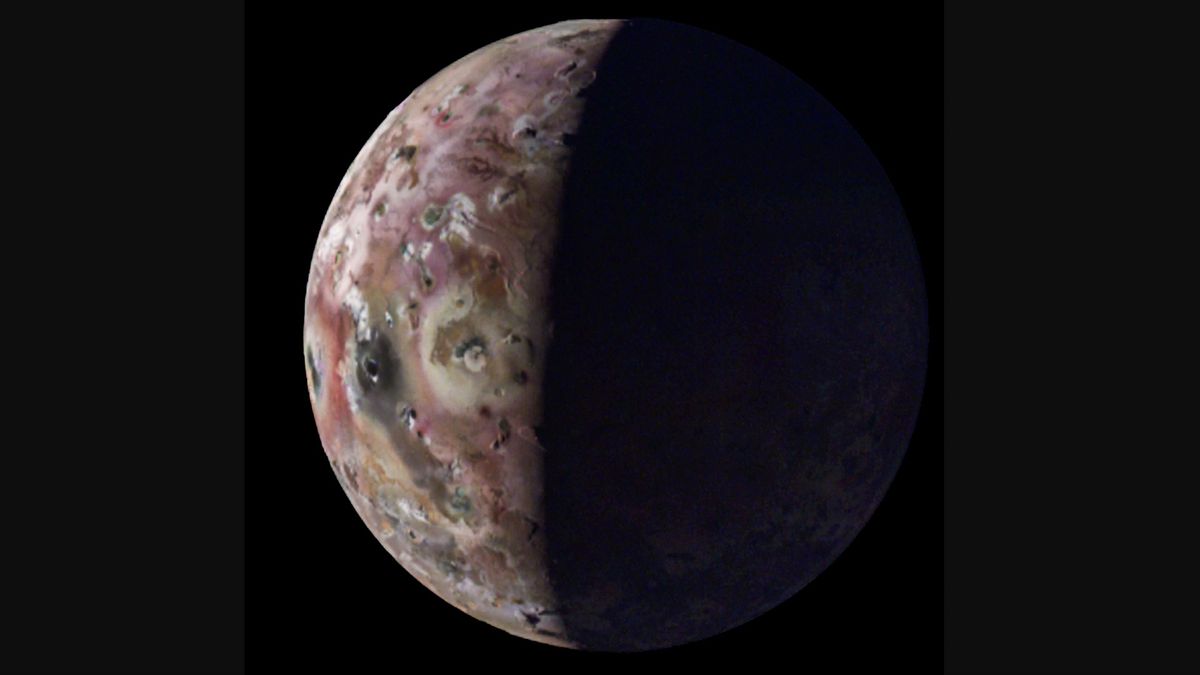
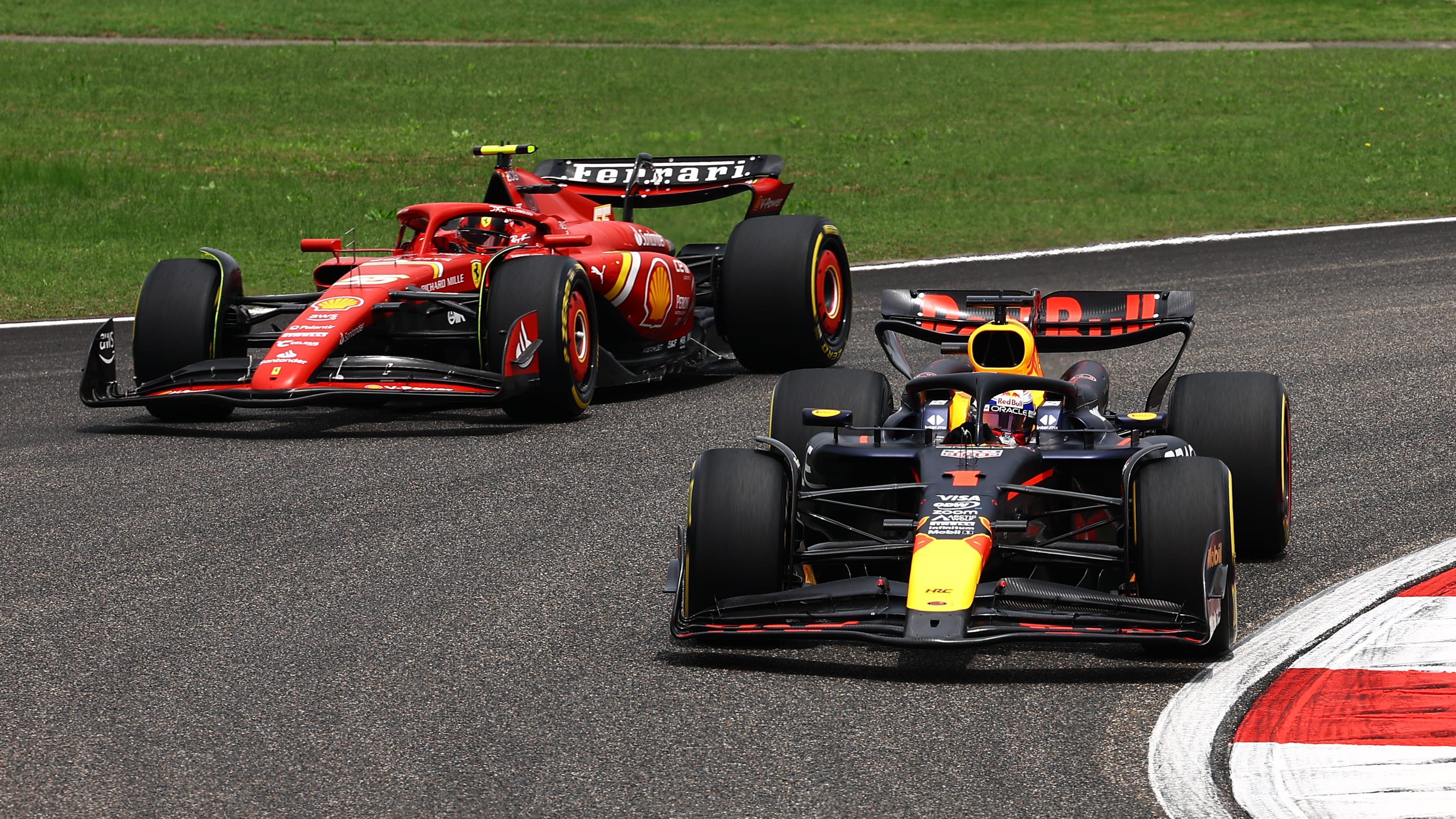


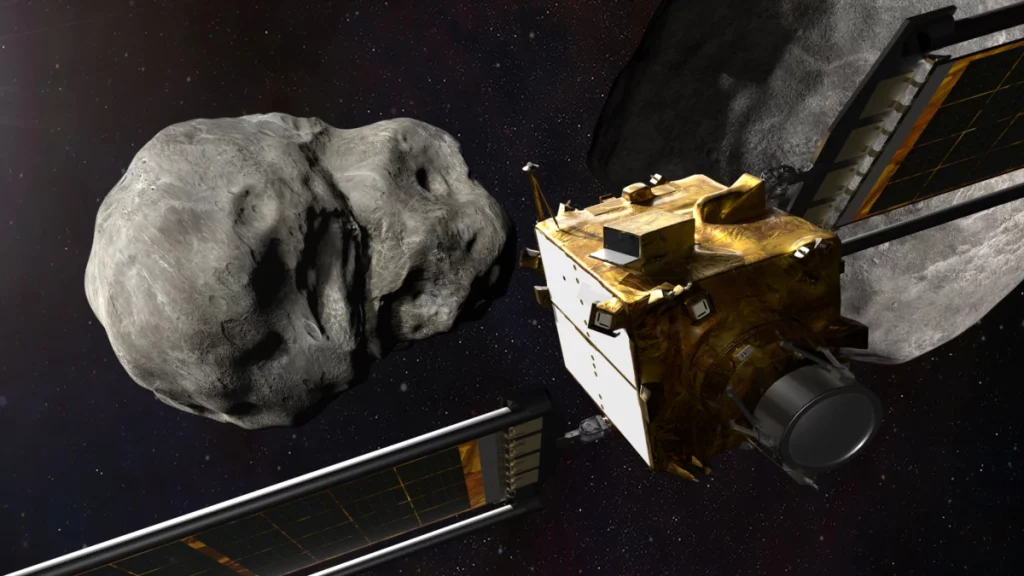
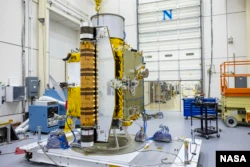
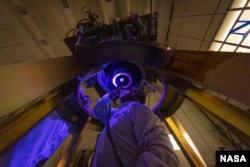
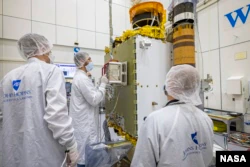
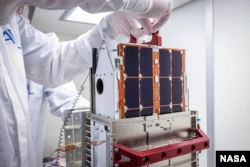
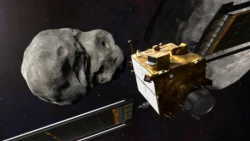
More Stories
NASA's Juno probe captures stunning views of Jupiter's volcanic moon Io (video)
This active volcano in Antarctica spews real gold dust
The space company aims to deliver vital supplies anywhere within 90 minutes